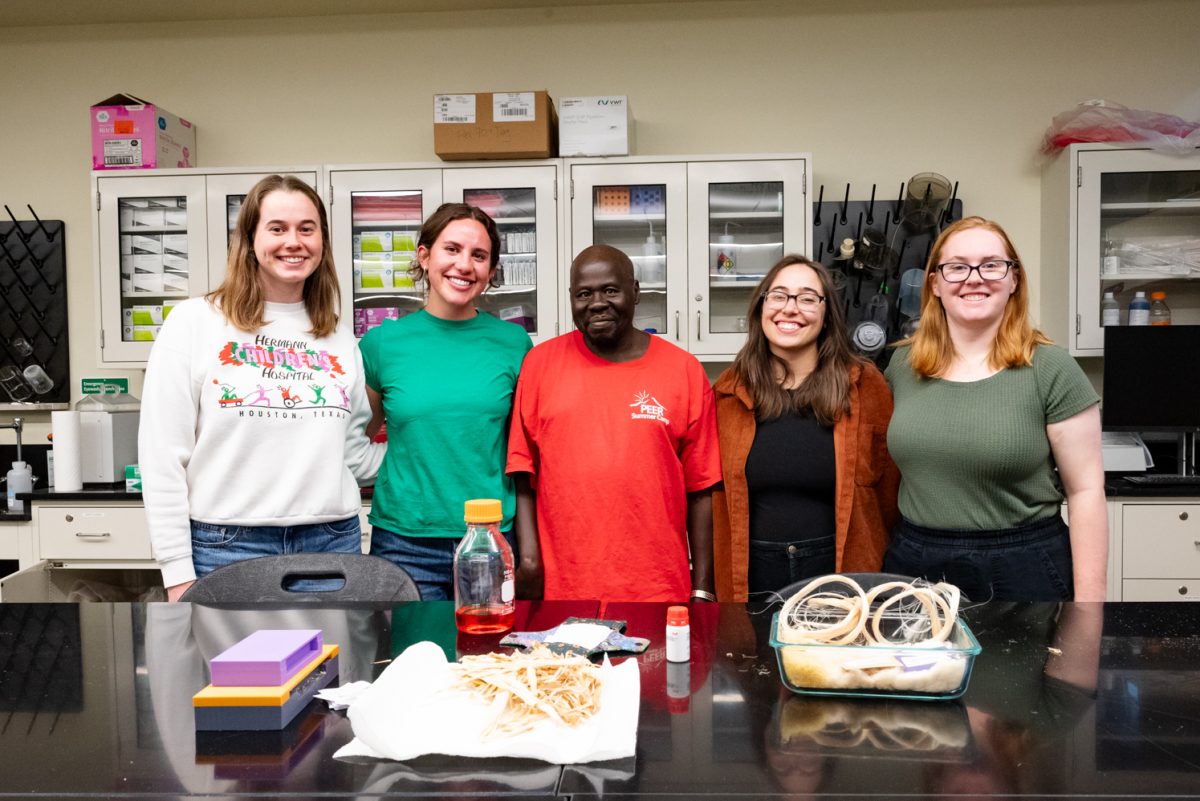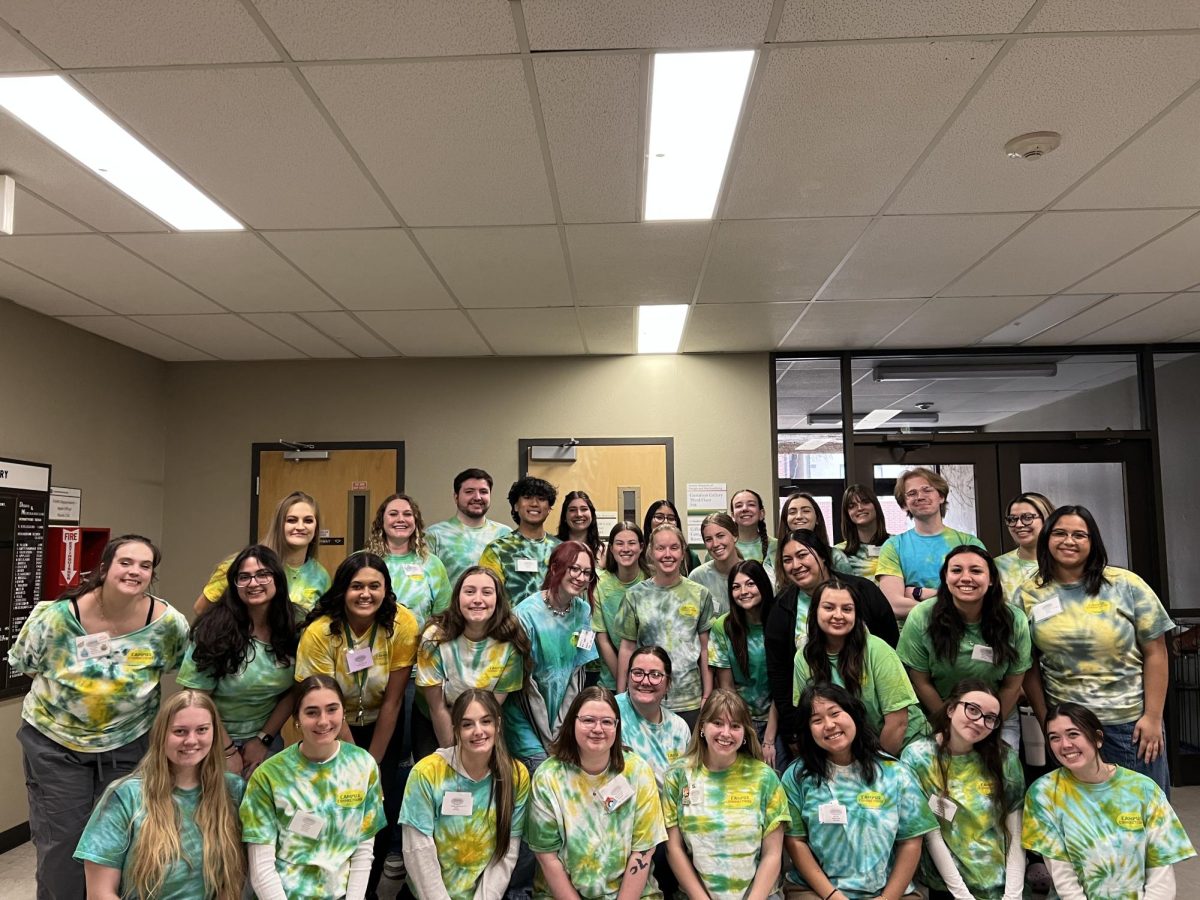Colorado State University is changing the game when it comes to using satellite mapping weather systems.
TEMPEST-D is a mission led by CSU electrical and computer engineering professor Steven Reising that aims to map storms — especially hurricanes.
In fact, TEMPEST-D, which stands for Temporal Experiment for Storms and Tropical Systems Demonstration, was just recently used to map out Hurricane Dorian.
Professor Chandrasekaran Venkatachalam is helping to co-investigate the mission, which is also partnered with NASA’s Jet Propulsion Laboratory and Blue Canyon Technologies.
“TEMPEST is a technology demonstration,” Reising said. “It’s based on the CubeSat standard, which was developed for students to get their ideas into space.”
A CubeSat is a miniature satellite made up of multiple cubic units. Small and lightweight, they’re often put into orbit from the International Space Station.
According to a mission overview from JPL, TEMPEST-D will reduce the risk, cost and development time of a future constellation of nanosatellites. These satellites will directly observe the time evolution of clouds and study the conditions controlling the transition from non-precipitating to precipitating clouds using high-temporal resolution observations.
It feels like a unique role to be able to come up with something new that’s increasing our ability to look at the Earth from space.” Steven Reising, electrical and computer engineering professor and TEMPEST-D mission leader
Reising said the actual satellite itself is about 14 inches by 8 inches by 4 inches, weighing 25 pounds.
Though the technology to map out storms already exists, it’s both large and expensive, Reising said. This technology is comparable, but TEMPEST-D is less expensive.
“It’s a lot cheaper and a lot smaller,” Reising said. “You can launch these more often, but maybe more importantly, you can launch more of them. If we can launch even a few of them, then we can get snapshots of how that storm is developing (in) real time.”
Reising said that when a thunderstorm develops, it lingers for maybe 30 minutes to an hour.
“We want to measure within that time period,” Reising said. “The idea is that later, we can have many more observations and more frequently updated observations.”
At some point in 2020 or 2021, it’s expected that TEMPEST-D will burn up in the atmosphere, Reising said.
“It feels like a unique role to be able to come up with something new that’s increasing our ability to look at the Earth from space,” Reising said.
Venkatachalam said that in addition to co-investigating the mission, he’s responsible for validating some of the signals that come from TEMPEST-D.
He said that when the original satellite was launched, it was only expected to last about three months. Since its launch, TEMPEST-D has survived two hurricane seasons.
“It’s turned out to be a lot better than we planned,” Venkatachalam said.
Venkatachalam said that as the program continues to develop, people are beginning to use the data garnered by TEMPEST-D in meaningful and beneficial ways.
“Now, people are counting on the satellite being around,” Venkatachalam said. “It feels good, and we’re very fortunate. It puts CSU on the map.”
Marshall Dunham can be reached at news@collegian.com or on Twitter @gnarshallfunham.










